How stones can be words, stories and languages: meet these artists from the National Sculpture Symposium
In Part II of our photo essay on the National Sculpture Symposium, we feature more of the installations along with artist insights on creativity and purpose.
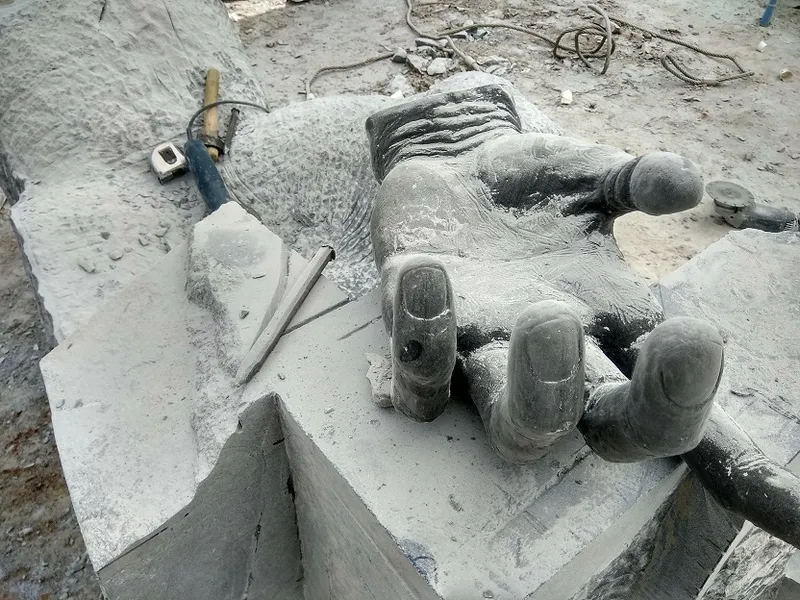
PhotoSparks is a weekly feature from YourStory, with photographs that celebrate the spirit of creativity and innovation. In the earlier 275 posts, we featured an art festival, cartoon gallery. world music festival, telecom expo, millets fair, climate change expo, wildlife conference, startup festival, Diwali rangoli, and jazz festival.
A group of 14 outstanding artists came together for the recent National Sculpture Symposium in Bengaluru. See Part I of our photo essay here, along with insights from Anu Menda, Managing Trustee, RMZ Foundation.
In Part II, we feature more sculpted works along with artist insights from George Martin, Shanthamani Muddaiah, Lalitha Shankar, Trupti Patel, and Vivek Vilasini. The other participating artists are Gigi Scaria, Gopinath S, Hariprasad SD, Karl Antao, Madan Lal Gupta, Rajendar Tiku, Rajasekharan Nair, Srinivas Reddy, and Vinod Patel.
George Martin’s works of designer art have been featured at festivals such as the Whitefield Art Collective in VR Bengaluru (see our coverage here). “My journey as an artist is a search for the absolute. It is a negotiation between parallel thoughts, across materials, media and methods,” he said, in a chat with YourStory.
“What words are to a poet, stones are to a sculptor. Sculpture calls for strong visualisation skills in artists. Each medium has its own temperament, and practicing with various media is a celebration,” he adds. “Art is a bridge that the audience must cross,” he advises viewers.
“Art is articulation and conversation by an artist,” explains Shanthamani Muddaiah. She has become well versed in paper, paints, wood and stone over the last 25 years, and has exhibited at the Kochi Biennale as well. “Success is finding a language to communicate. I have found my language in charcoal,” she adds.
She sees charcoal as a medium and a message to communicate about environmental preservation in the face of rapid urbanisation. “Charcoal is between wood and ash, and can even capture the philosophy and politics of what development is becoming and what it should be,” Shanta explains.
“You are important for the artist as well,” she tells audiences. “The audience also has a message in art. The way they perceive art informs the artist too,” she explains. Society is becoming compartmentalised, and it is the privilege and duty of an artist to show the broader connections.
Lalitha Shankar has worked in metals, stone and cloth as materials for her art projects, which include an international collaboration on the social narratives and weaves of the sari. “My current works are in geometric and interactive sculpture, where the audience can walk into it and touch it,” she says.
“Success comes from the pleasure of working and also being able to touch people’s hearts and imagination,” Lalitha adds. She prefers not to label or title her sculptures and lets viewers draw their own meanings. She urges audiences to keep connecting to art and understand its grammar. “Follow your heart and be honest to yourself,” she advises aspiring artists.
Trupti Patel grew up in Kenya and India. She specialises in sculpture that has inlaid work filled with earth and ash. “I use materials that talk about the local geographic and social context,” she explains; she has collected soil from each of the 29 states of India.
Her current sculpture features giant grains of rice, reflecting its five stages of growth. “Art is a way of internalising and externalising meaning,” Trupti explains. “Get into art if you have the drive; stay in it if you develop a sense of context,” she suggests as tips to aspiring artists.
She advises audiences not to claim ignorance about art. “If you can see movies and TV, you can also get the message in art. Become more visually literate and challenge yourself. Art is about society, it is about you,” Trupti urges.
Vivek Vilasini was a radio engineer in the merchant navy before switching to photography and sculpture. “I was a common man with an uncommon interest in art. I am still learning,” he jokes.
“Art may not be able to change society, but it can point towards issues and send messages that resonate. Art is about stories and connections,” Vivek explains. He advises aspiring artists to be connected to the issues of our times, read a lot, and increase their capacity for appreciation.
Now, what have you done today to connect to a bigger picture, and develop your own style, message and language?
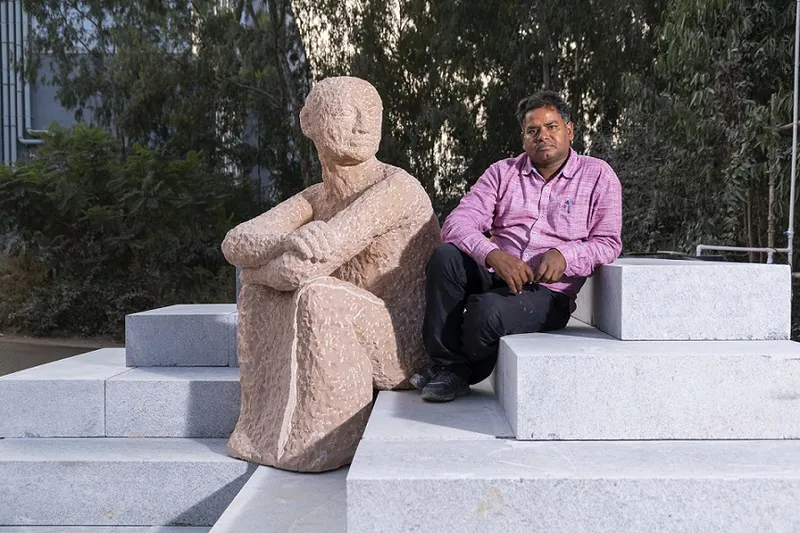

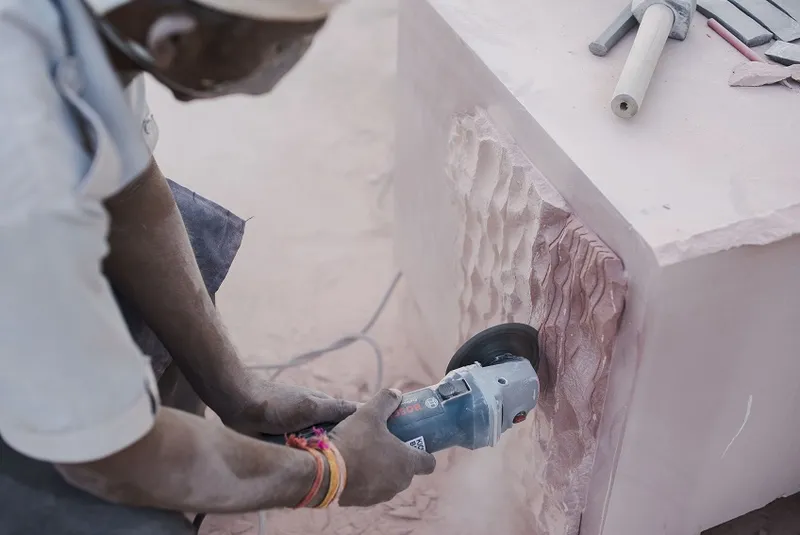

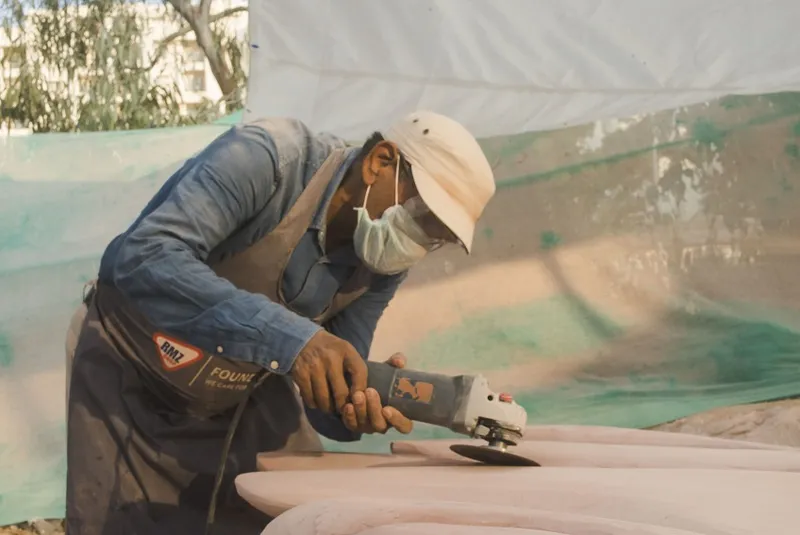
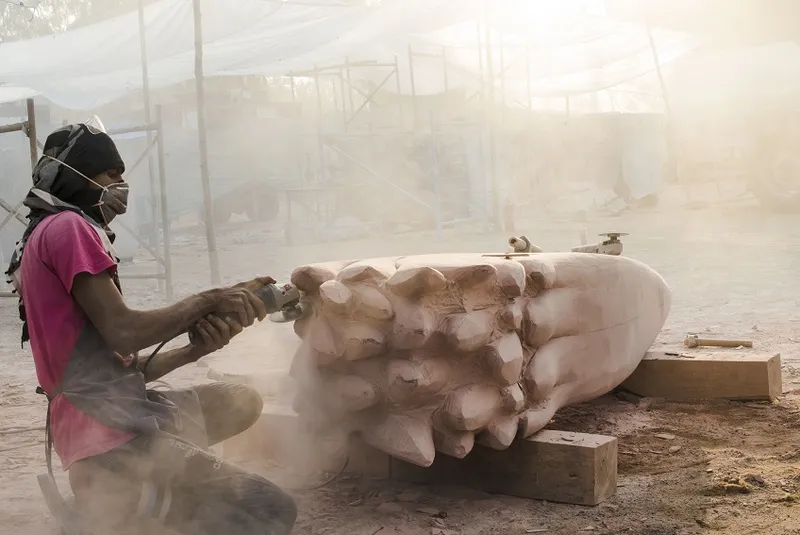
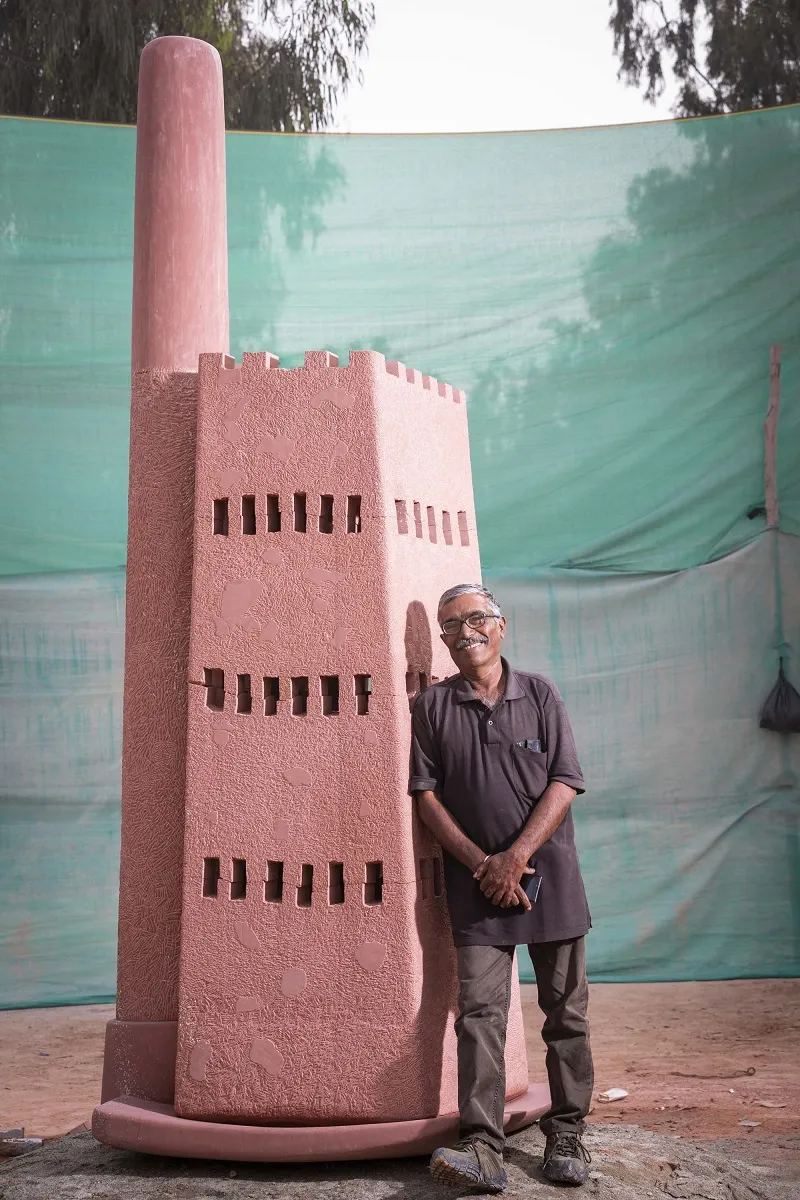
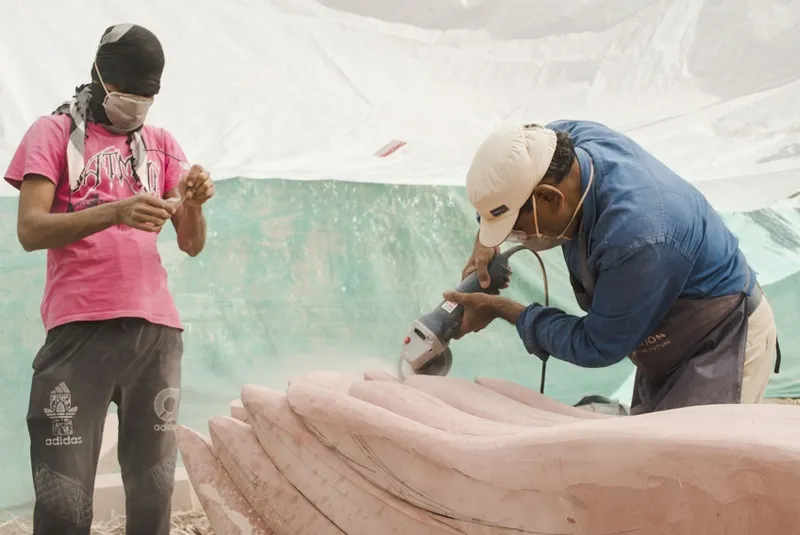
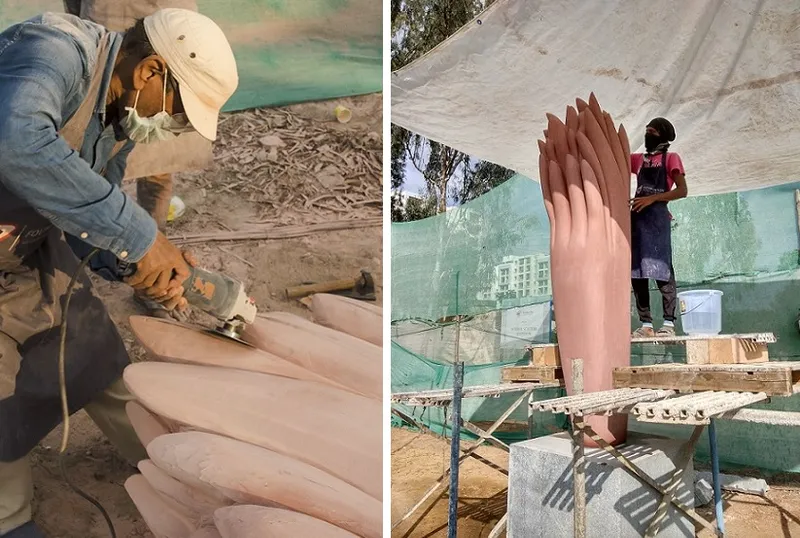
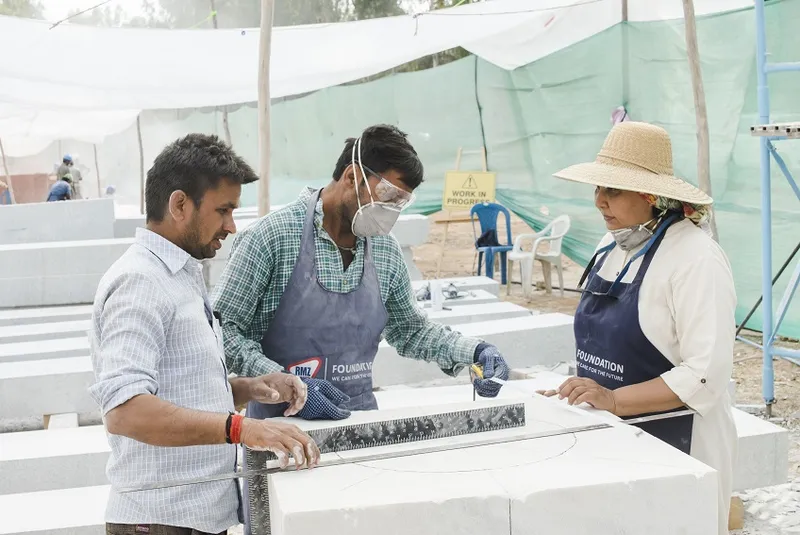
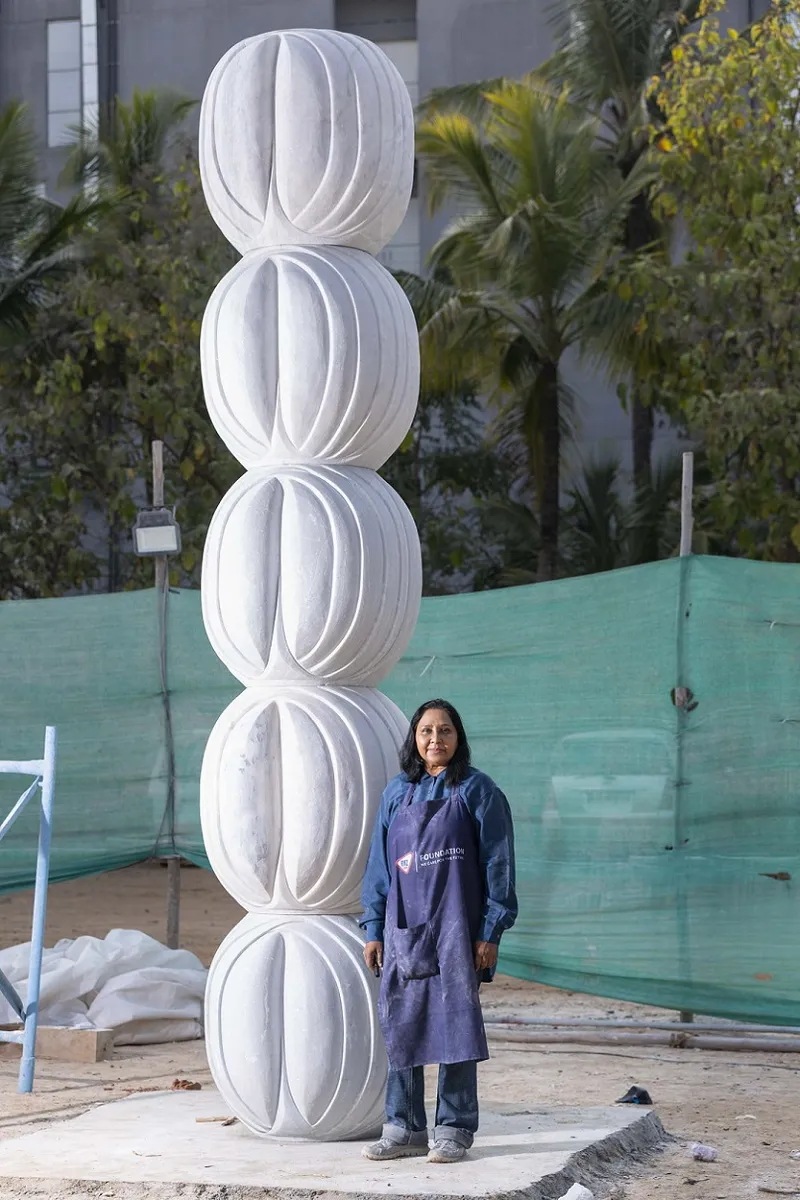
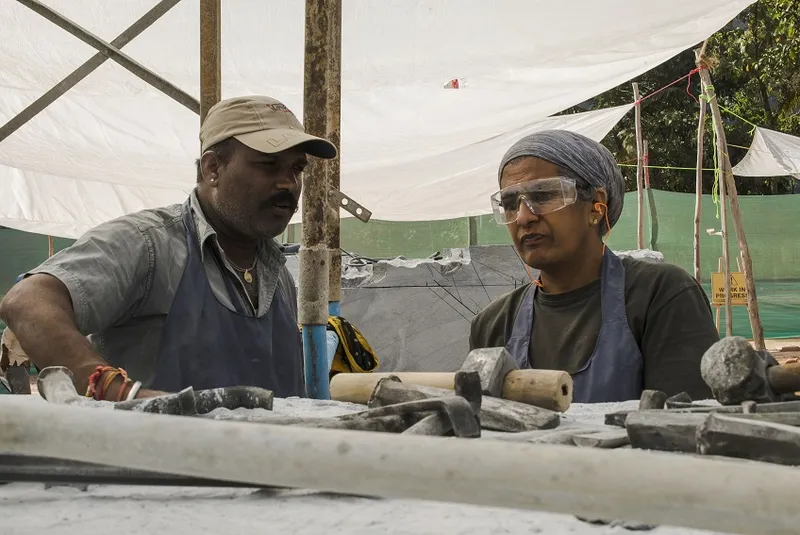
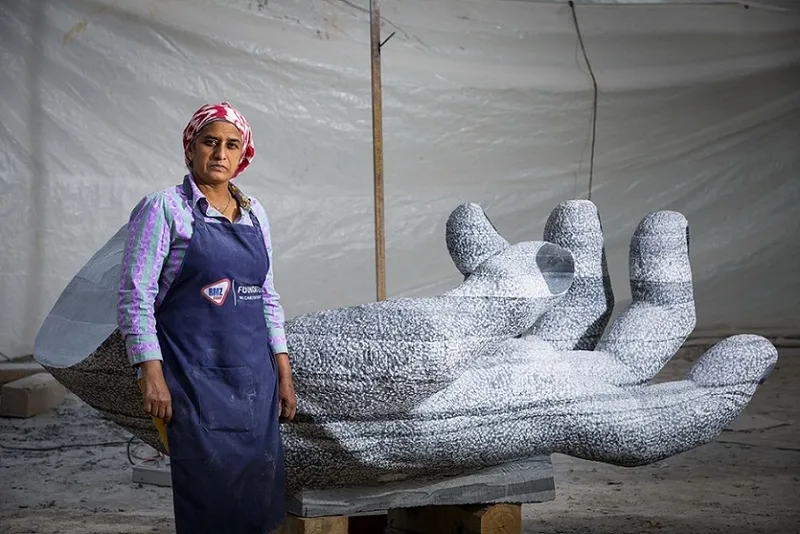
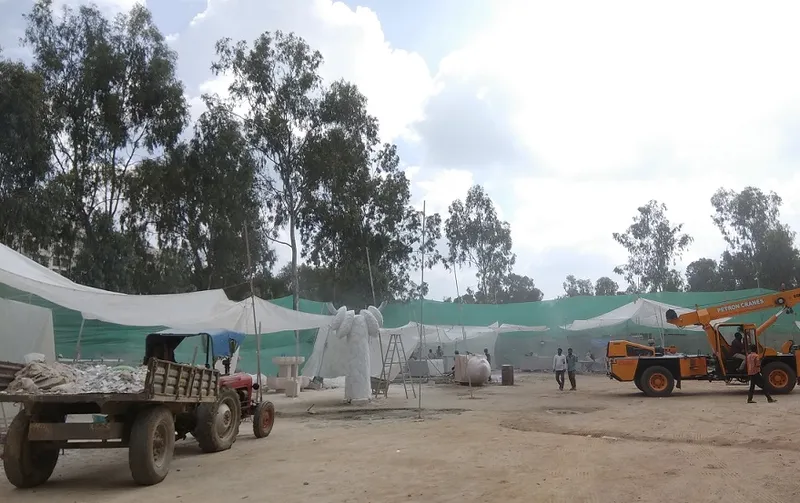
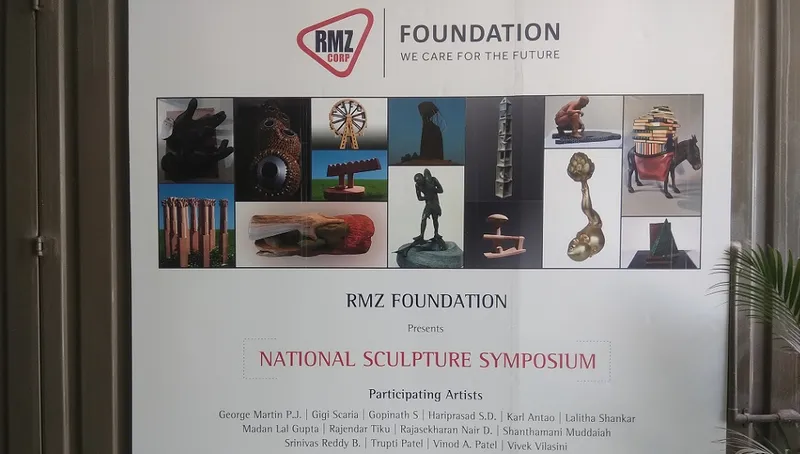
[Photo credits: Madanmohan Rao and Mallikarjun Katakol ]
Got a creative photograph to share? Email us at PhotoSparks@YourStory.com!
See also the YourStory pocketbook ‘Proverbs and Quotes for Entrepreneurs: A World of Inspiration for Startups,’ accessible as apps for Apple and Android devices.







